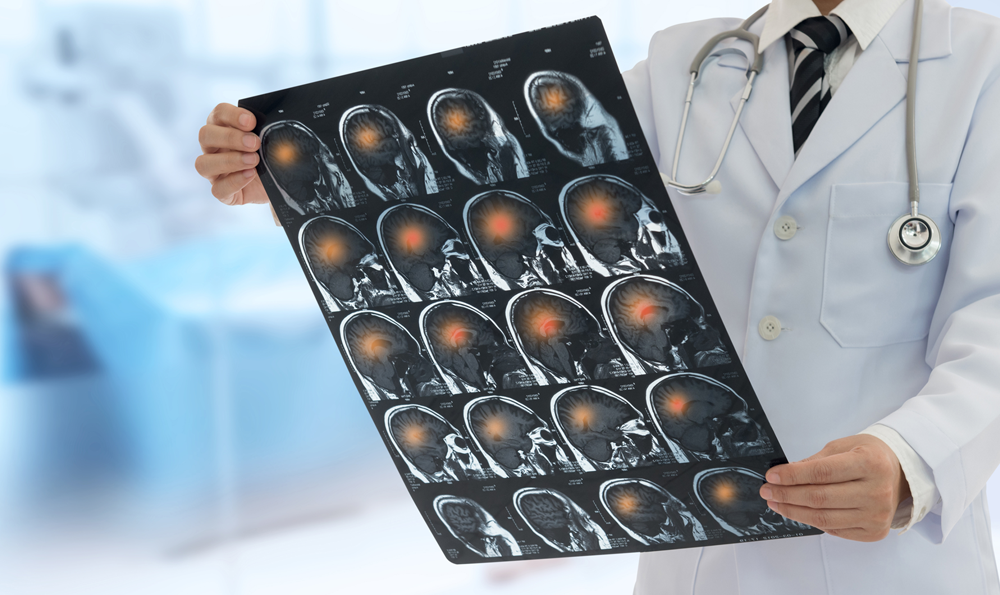An aortic aneurysm is a silent threat that develops in the blood vessels, and it often goes undetected—until it's too late. So, how do you know if you’re at risk? Amit Patel, MD, a vascular surgeon at Atlantic Health, explains that while not everyone is at risk, certain factors can increase the chances of developing an aortic aneurysm—and knowing the warning signs saves lives.
What is an aortic aneurysm?
An aneurysm occurs when a weakened area in the wall of a blood vessel bulges—or worse, ruptures—causing internal bleeding, stroke, and even death. Aneurysms can form in various parts of the body, but they most commonly develop in the brain, the aorta (the body’s main artery), or the peripheral arteries in the arms or legs.
What are the signs and symptoms?
According to Dr. Patel, there is no specific screening for aneurysms since they develop silently over time and are usually discovered by chance during routine imaging. Most patients are asymptomatic, and symptoms only occur before an aortic aneurysm is about to rupture. Symptoms can include:
- Back or abdominal pain
- Pulsing sensation in the abdomen
- Loss of consciousness
“If an aortic aneurysm ruptures, it’s a medical emergency. You must act quickly and call 911 or have someone drive you to the nearest emergency department,” says Dr. Patel. “Internal bleeding causes symptoms to come on rapidly with loss of consciousness, intense pain, or signs of stroke.”
What contributes to high risk?
1. Smoking
Tobacco damages blood vessels and causes high blood pressure. It is a major risk factor, particularly for aortic aneurysms.
2. Age and Gender
Risk increases with age. Men are more likely to develop an abdominal aortic aneurysm, while women have a higher risk of aneurysm rupture, regardless of its location.
3. Family History
Aneurysms tend to run in families. If a parent or sibling has had one, especially a brain aneurysm, your risk is higher.
4. High Blood Pressure
Chronic high blood pressure can weaken arterial walls over time, making them more prone to bulging and rupture.
5. Underlying Conditions
Certain congenital medical conditions can make blood vessels more fragile. Infections and injuries can also lead particularly to aortic aneurysm, although this is rare.
How can I reduce my risk?
Not all aneurysms are preventable, but many risk factors can be controlled. For example, patients over 65 with a smoking history should have a screening ultrasound, so talk with your doctor. Imaging tests like CT scans, MRIs, and ultrasounds can detect aneurysms before they become life-threatening.
“Smoking wreaks havoc on blood vessels, so the best way to reduce your risk of aneurysm is to quit smoking,” says Dr. Patel. “Staying active and eating a heart-healthy diet that’s low in saturated fat and sodium also helps control blood pressure. Plus, regular checkups and screenings can catch potential problems early.”











